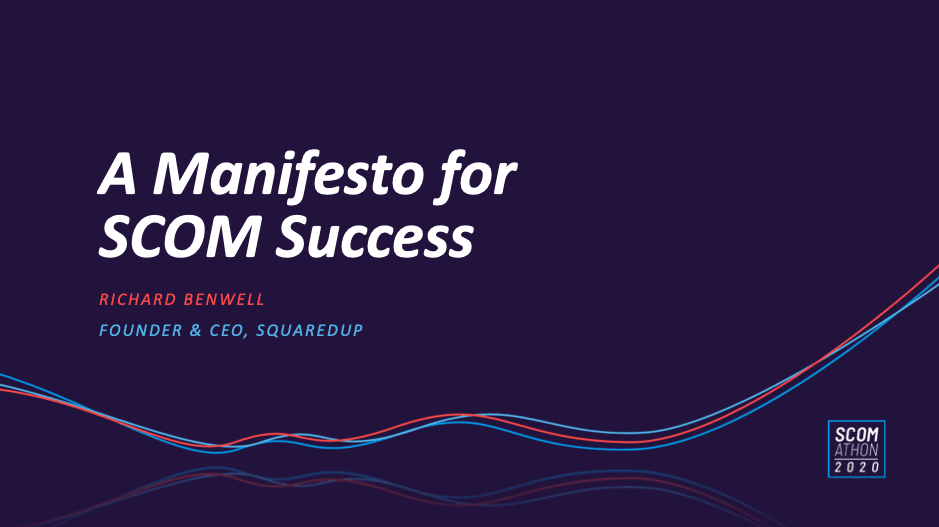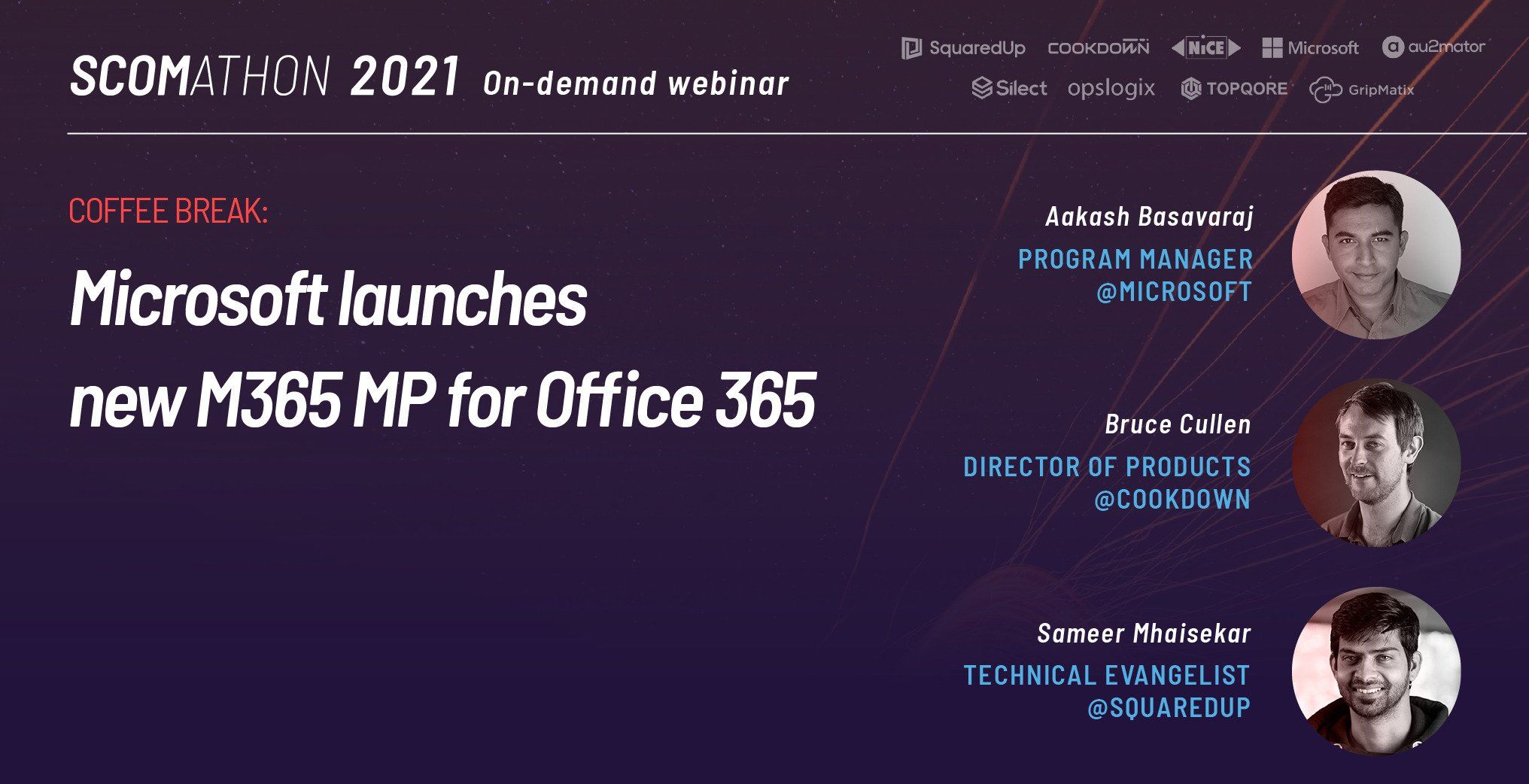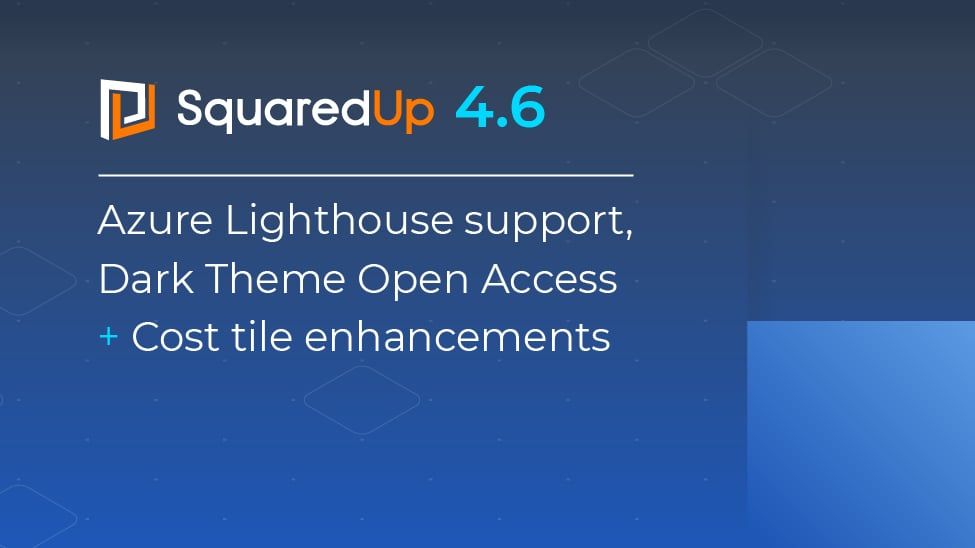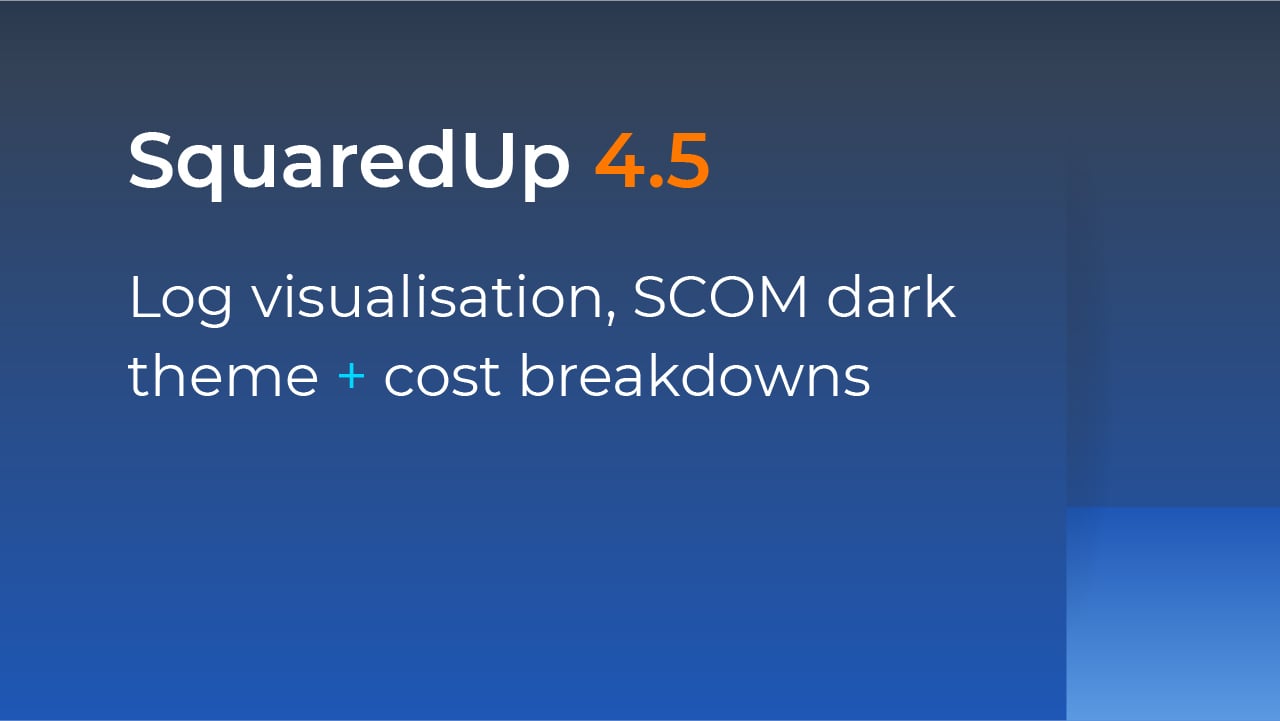
A Manifesto for SCOM Success
5 steps to achieve SCOM success
At SCOMathon 2020, SquaredUp Founder & CEO Richard Benwell shared his top 5 tips for SCOM success in the APAC Keynote: A Manifesto for SCOM Success. We’ve put it together in this article in case you missed the talk.
We have all heard the excited buzz around cloud technologies in recent years, especially with the cool new innovations in the PaaS space. However, it is no secret that enterprise IT is in reality about managing a whole array of tech stacks, many of which reside on-prem. According to Gartner, the majority of enterprises still rely heavily on on-prem monitoring – 76% of enterprise IT spending in 2020 will be on traditional IT. Luckily for us, SCOM is a top-notch monitoring tool for on-prem workloads or workloads running up in the cloud (anything that requires a VM).
So, enterprise IT needs SCOM, but more than anything, we need to learn how to be successful with SCOM in order to achieve effective monitoring.
How can I achieve success with SCOM?
Turn everything off and tune up, not down
Management Packs are powerful, but noisy. To cut back on the noise and stay focused, start with all your monitoring turned off, and then turn on what’s useful and actionable. By actionable, we mean alerts that people understand and know how to respond to.
For example: Most server owners don’t have any use for a hundred different metrics – they just want to see the metrics for CPU, memory and disk. Think that’s a little too basic for you? Start there with that, and add to it.
If you don’t fancy doing all this work manually, then you can simply short cut the process, with Cookdown’s free alert tuning MP – Easy Tune!
Invest in custom monitoring
We’ve all heard it before, “One custom monitor that is requested is worth a hundred monitors that are not”. Invest a bit of time in authoring custom monitors in response to your user requirements.
Successfully SCOM teams we’ve seen have skilled up on MP authoring. They adopt the approach of building up to user requirements, to ensure they have exactly the data they need.
For example: Application admins will know which log file entry indicates a problem. Ask them what they need, and prioritise it. That one monitor will literally be the signal in the noise. Build it and you will build trust in SCOM.

Put your applications in the picture
What your business really needs is IT services and apps that work, not just healthy servers.
Successful SCOM teams translate infrastructure monitoring into business impact – through application awareness.
For example: Monitor your applications from the outside-in using URL monitoring. Then map each application to the infrastructure it depends on. Use this to answer the questions: “How is this problem impacting my business? Which team needs to respond to this incident?”
This is how monitoring can be successful – relating it back to your business concerns which is delivering good IT services.
Manage alerts with ITSM
Yes, SCOM was designed to work with email alerts, but in the 21st century, email is far from the ideal choice when it comes to managing alerts. While SCOM was created before ITSM tools were established, it is time to put them to good use today.
Your life will be made much easier if you get actionable alerts sent to a dedicated ticketing system for routing, escalation, tracking and reporting.
For example: Push SCOM alerts through to ServiceNow, BMC Remedy or System Center Service Manager. Once you’ve done that, go ahead and turn email alerts off. Yes, that’s right: OFF! SCOM alerts shouldn’t be anyone’s problem. When done right, they should be everyone’s solution to their problems.
Now you can easily connect SCOM with your ITSM, DevOps and Monitoring tools, using Cookdown’s code-free SCOM integration solution – Connection Center.
Dashboard, dashboard, dashboard
Monitoring is about visibility, understanding and control. Hence, visualization is a core piece of the monitoring puzzle – without it, your data does not get used! You have to present data in a way that engages your stakeholders to add value.
Example: Engage your business stakeholders with wall monitor dashboards that show the health of key applications. Then ask each infrastructure team what they need to see on a drilldown dashboard to support the application.
And there we have it! Five simple tried and tested best practices that will take your SCOM monitoring to new heights. Follow these tips and SCOM success will be yours!
For more ways to level up your SCOM game, check out:
20 SCOM tips in 20 minutes
10 Free Management Packs for SCOM
Free SCOM essentials you should be using





